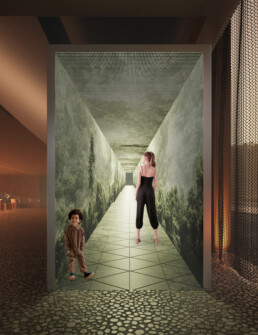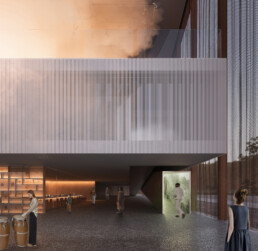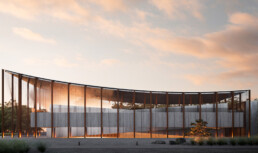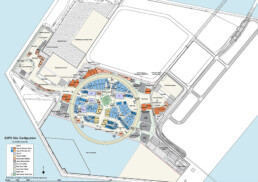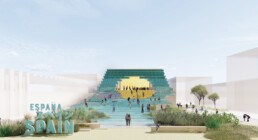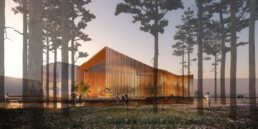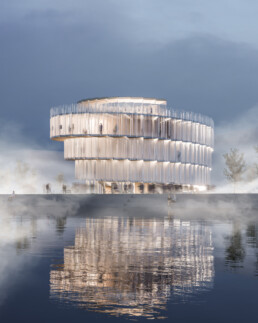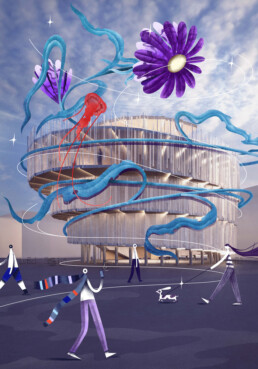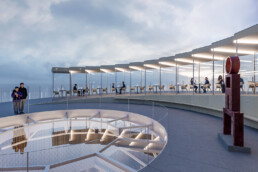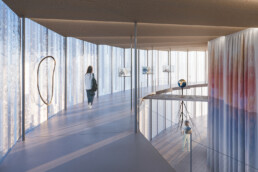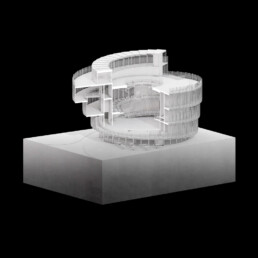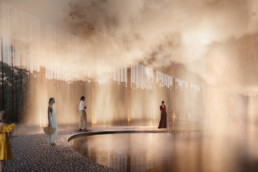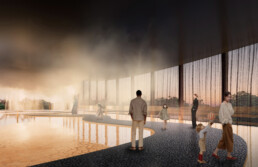Expo Osaka 2025
DATE
15.05.2024
The new edition of the World Expo, to be held next year 2025, will take place in the Japanese city of Osaka. This huge city will host, between April 13 and October 13, what is considered to be the largest international exposition ever held. Spain already hosted those of Seville in 1992 and Zaragoza in 2008. And, from the architectural point of view, some of these great exhibitions have left architectural icons, such as the Atomium in Brussels or the Portugal Pavilion in Lisbon, the work of Pritzker Prize winner Álvaro Siza.
On this occasion, the expo will revolve around the theme “Designing the future society for our lives”, subdivided into “Saving lives”, “Empowering lives” and “Connecting lives”. Sou Fujimoto is in charge of the design of the Expo space, and is responsible for the master plan and dialogue between the organization itself and the pavilions representing each participating country.
The plan is being developed in collaboration with Tohata Architects & Engineers and Azusa Sekkei Co., Ltd., and features a design based on a wooden structure that spans 60,000 square meters and embraces the exhibition grounds. The roof, dubbed the Ring Roof, is inspired by traditional Japanese architecture and is reminiscent of buildings such as the Kiyomizu Dera that students in the MArch Advanced program in architecture, design and business administration visit when they travel to Japan. As a finish, it has a green skin and as for the shape, it is 600 meters in diameter, being accessible to visitors.
More than 150 countries will participate in this international event, each of which will build its own pavilion based on the thematic premises proposed by the organization. In the case of Spain, the winning project went to ENORME Studio, Néstor Montenegro and Smart and Green Design, who came up with an idea presented as “The Kuroshio Current”, a concept based on one of the great secrets of the Spanish navigators who traded between Europe and Asia. In this way, the pavilion proposes a combination between the sun and the ocean, understanding that these are the elements that connect Spain and Japan. For its construction, sustainable materials with low environmental impact will be used, seeking in some cases to be recycled or reused.
MArch Valencia. Arquitectura y Diseño
© 2022 MArch Valencia. Arquitectura y Diseño
Privacy policy | Cookies policy | Terms of use



